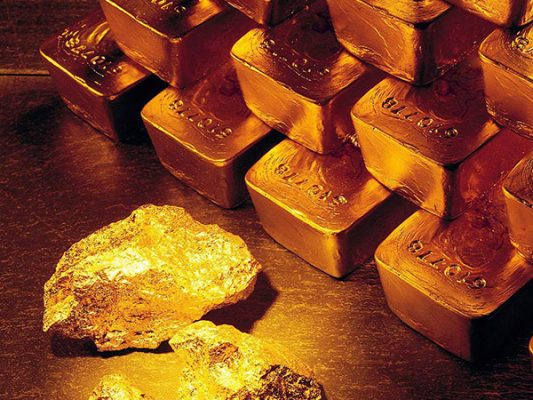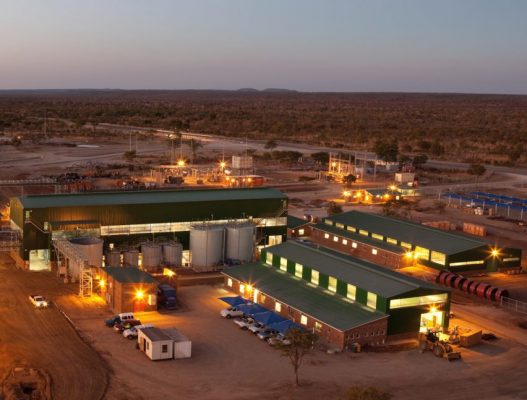Gold’s diversity leads to rise in demand

The World Gold Council has released its latest Gold Demand Trends Report revealing that annual demand has recovered many of the covid-induced losses from 2020.
Australia Mining
Demand for gold reached 4021 tonnes for 2021, with the final quarter hitting 1147 tonnes, an increase of almost 50 per cent from 2020 and its highest since mid-2019.
“Gold’s performance this year truly underscored the value of its unique dual nature and the diverse demand drivers,” World Gold Council EMEA senior analyst Louise Street said.
Gold bar and coin demand rose 31 per cent to an eight-year high of 1180 tonnes, as retail investors sought a safe haven against the backdrop of rising inflation and ongoing economic uncertainty caused by the coronavirus pandemic.
“On the investment side, the tug of war between persistent inflation and rising rates created a mixed picture for demand,” Street said.
“Increasing rates fuelled a risk-on appetite among some investors, reflected in ETF (exchange-traded funds) outflows.
“On the other hand, a search for safe-haven assets led to a rise in gold bar and coin purchases, buoyed by central bank buying.”
The World Gold Council data reported outflows of 173 tonnes in 2021 from gold-backed exchange-traded funds while rising interest rates made holding gold more expensive.
Nevertheless, these outflows represent only a fraction of the 2200 tonnes that gold ETFs have accumulated over the preceding five years, demonstrating the continuing importance investors place on including gold in their portfolios.
“Declines in ETFs were offset by demand growth in other sectors. Jewellery reached its highest level in nearly a decade as key markets like China and India regained economic vibrancy,” Street said.
“We expect similar dynamics to influence gold’s performance in 2022 with demand drivers fluctuating according to the relative dominance of key economic variables.”
“How central banks deal with persistent high levels of inflation will be a key factor for institutional and retail demand in 2022.”
The use of gold in the technology sector in 2021, reached a three-year high of 330 tonnes, an increase of 9 per cent.
While technology demand is comparatively smaller than other sectors, its uses are far-reaching and prevalent in a variety of electronics.
The World Gold Council has released its latest Gold Demand Trends Report revealing that annual demand has recovered many of the covid-induced losses from 2020.
Demand for gold reached 4021 tonnes for 2021, with the final quarter hitting 1147 tonnes, an increase of almost 50 per cent from 2020 and its highest since mid-2019.
“Gold’s performance this year truly underscored the value of its unique dual nature and the diverse demand drivers,” World Gold Council EMEA senior analyst Louise Street said.
Gold bar and coin demand rose 31 per cent to an eight-year high of 1180 tonnes, as retail investors sought a safe haven against the backdrop of rising inflation and ongoing economic uncertainty caused by the coronavirus pandemic.
“On the investment side, the tug of war between persistent inflation and rising rates created a mixed picture for demand,” Street said.
“Increasing rates fuelled a risk-on appetite among some investors, reflected in ETF (exchange-traded funds) outflows.
“On the other hand, a search for safe-haven assets led to a rise in gold bar and coin purchases, buoyed by central bank buying.”
The World Gold Council data reported outflows of 173 tonnes in 2021 from gold-backed exchange-traded funds while rising interest rates made holding gold more expensive.
Nevertheless, these outflows represent only a fraction of the 2200 tonnes that gold ETFs have accumulated over the preceding five years, demonstrating the continuing importance investors place on including gold in their portfolios.
“Declines in ETFs were offset by demand growth in other sectors. Jewellery reached its highest level in nearly a decade as key markets like China and India regained economic vibrancy,” Street said.
“We expect similar dynamics to influence gold’s performance in 2022 with demand drivers fluctuating according to the relative dominance of key economic variables.”
“How central banks deal with persistent high levels of inflation will be a key factor for institutional and retail demand in 2022.”
The use of gold in the technology sector in 2021, reached a three-year high of 330 tonnes, an increase of 9 per cent.
While technology demand is comparatively smaller than other sectors, its uses are far-reaching and prevalent in a variety of electronics.
The report can be viewed here.


